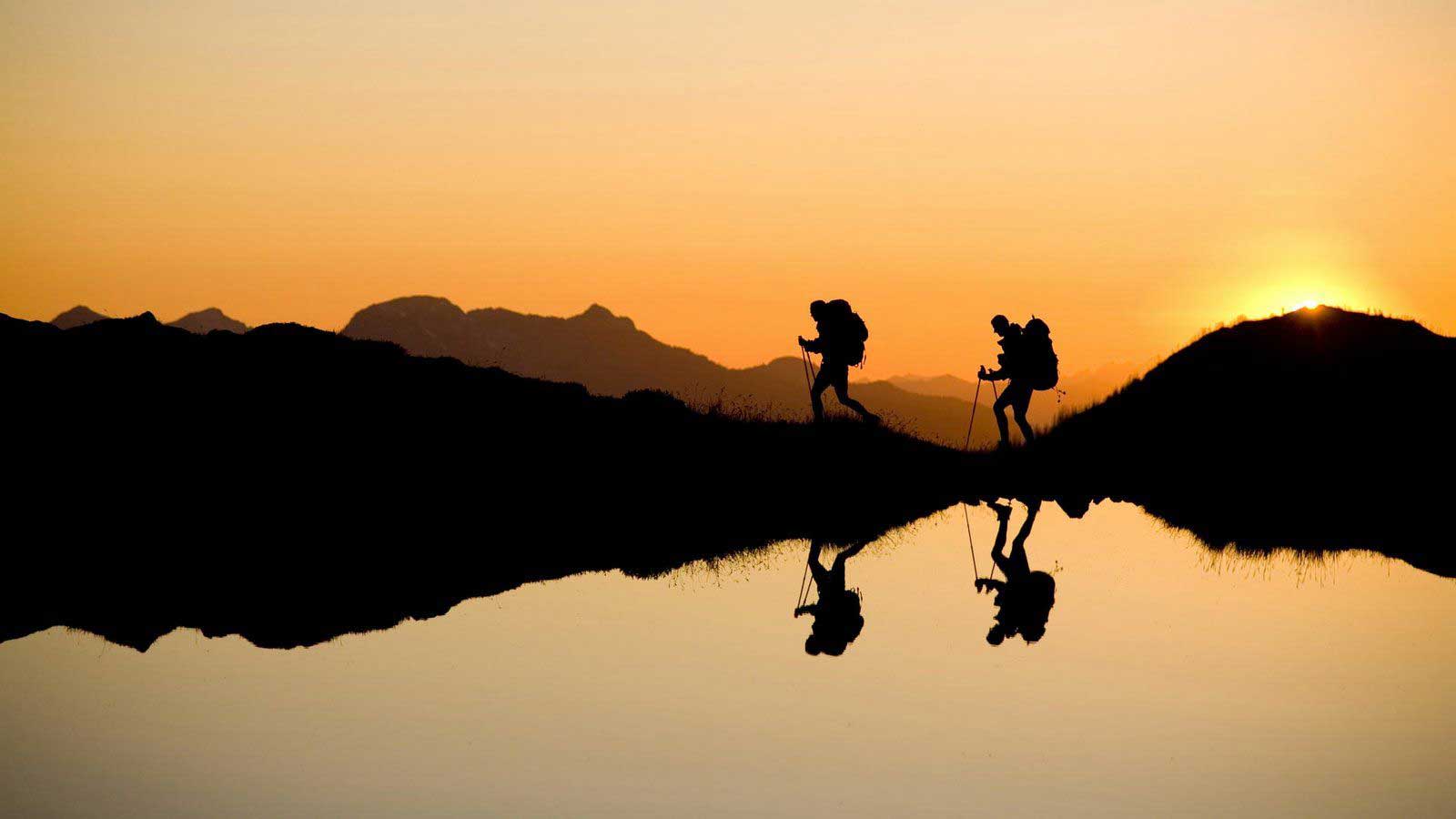6 Hacks you should know before your next Hiking Adventure
 If finding new and interesting hiking trails is your idea of the perfect way to spend your leisure time, you probably look for any way to make your excursion safer and more enjoyable. You can find an almost endless supply of new products and devices to make your backpacking excursion easier. However, most experts warn about overpacking with all the latest gadgets. Here are a few hiking hacks from experienced adventurers that will help you to make the most of your trip.
If finding new and interesting hiking trails is your idea of the perfect way to spend your leisure time, you probably look for any way to make your excursion safer and more enjoyable. You can find an almost endless supply of new products and devices to make your backpacking excursion easier. However, most experts warn about overpacking with all the latest gadgets. Here are a few hiking hacks from experienced adventurers that will help you to make the most of your trip.
1 – Keep a Remedy for Blisters on Hand – Even if you have broken in your hiking boots in advance of your trip, you may encounter terrain that puts unexpected pressure on feet. You should always carry moleskin pads and skin tape to cushion points on the feet that have become tender. Blisters from hiking are essentially open wounds that are vulnerable to infection. Providing a covering and antiseptic ointment will help to prevent further foot problems. In a pinch, you can use a bit of duct tape over a gauze square, placed over the blistered area.
2 – Pack A Pair of Water Shoes – Many experienced hikers bring along a pair of camp shoes or water shoes to give their feet a break from hiking boots or to keep their boots dry when crossing streams. The change of footwear can help to keep your feet from becoming too tender, as well as preventing excess chafing from walking long distances in soaked boots.
3 – Seal Your Phone in a Plastic Bag – You can avoid damage from spills, rain or falls in shallow streams. By protecting your phone, you will always have it available if an emergency arises. If you will be traveling a considerable way off the beaten track, a solar phone charger will ensure that you can contact help if you need it.
4 – Instead of Carrying Water, Re-Supply on the Go – Water is one of the most critical items for your hike, especially in hot weather, but you don’t have to be stuck carrying multiple containers that will become very heavy, very quickly on the trail. You can choose from a number of water filtration systems for camping and backpacking that are easy to use and do an effective job of removing pathogens commonly found in water on the trail. Although the Centers for Disease Control notes that boiling water is the best way to avoid contamination, a high-quality filter or water purification tablets will help to avoid water-borne pathogens while on backcountry hiking trips. Filters use mechanical means to remove bacteria and protozoans from water to make it safe for drinking. Purifiers are generally chemical means that will also kill viruses in water sources. Gravity filters and pump filters generally provide the most reliable results in filtering out contaminants.
5 – Identify Your Equipment with Color Coding – “If you are traveling with a friend or group, you can avoid confusion and wasted time by using colored duct tape to mark each person’s gear differently,” said World Outdoor Products. Color-coding can also be used to keep individual pieces of equipment together for easy assembly. Duct tape is available in a wide range of colors and will stay stuck to surfaces even in humid or rainy weather.
6 – Leave the Backpack at Home – For short day trips, you can leave your backpack at home altogether by using a photographer’s vest instead. These articles have a number of handy pockets of various sizes that can hold a number of necessary hiking items. The large pocket on the back can hold a rain poncho, jacket or snacks, while smaller pockets can be used for sunscreen, insect repellent, purification tablets and other gear.
Although many novice hikers become enchanted with the dazzling, new products that are available, experienced individuals know that more is not always better when it comes to carrying gear on the trail. If you choose carefully, you will have all that you need for your hike in lightweight, but highly effective pack.
















